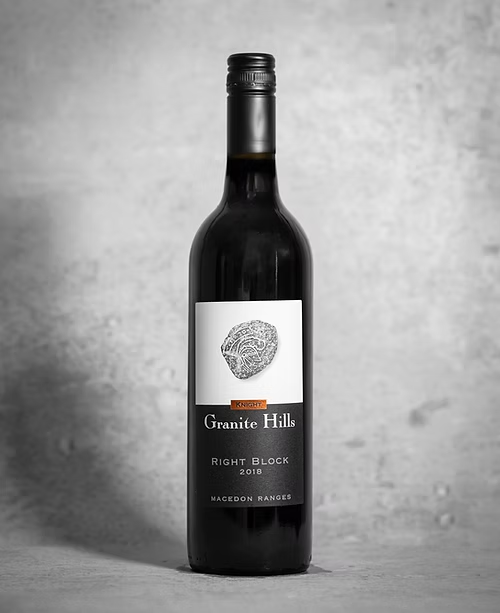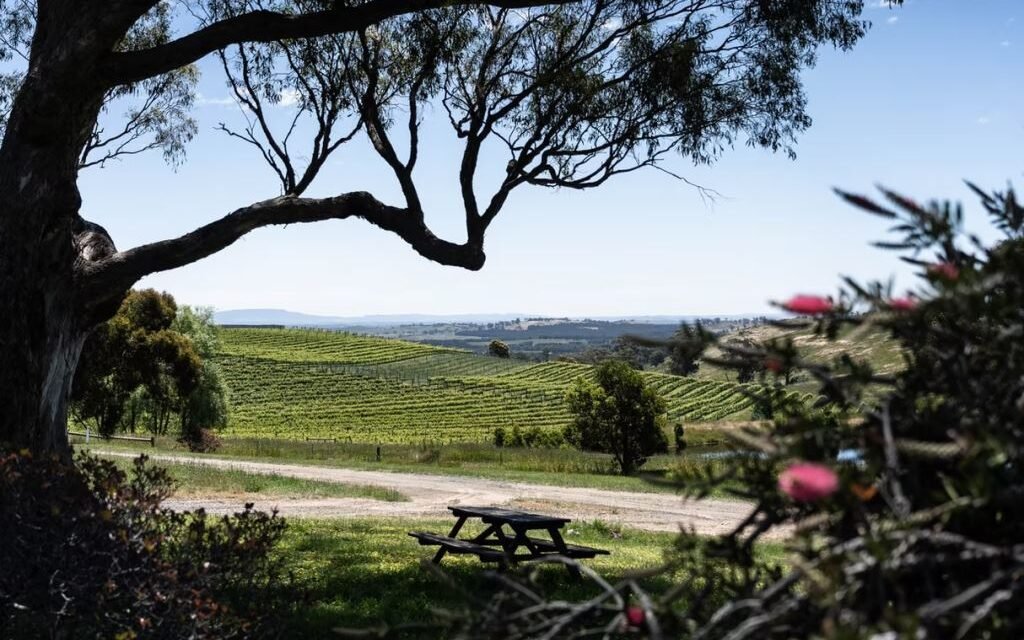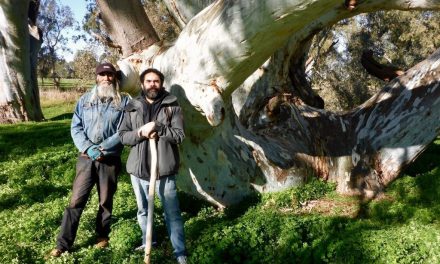Clive Hartley
It makes sense for a winery to not rely on just one grape variety. If that fails to flower or gets frosted out and subsequently has a poor vintage you are stuck. It is a year’s work destroyed and no income. Planting companion varieties that flower and ripen at slightly different times is an insurance policy, in case things go wrong in nature.
We have some well-tried and tested partnerships. Shiraz viognier, semillon sauvignon blanc and GSM (Grenache, Shiraz, Mourvèdre) to name just three. But probably the most famous one is the colloquially named ‘Bordeaux Blend”. I like blends because they offer more complexity in the glass than a single grape variety.
Classic Bordeaux blends are made up of predominately cabernet sauvignon and merlot with cabernet franc and petit verdot added in smaller proportions. Cabernet sauvignon is a late flowering and ripening variety while merlot buds earlier and ripens a little earlier. Merlot is also more resistant to powdery mildew than cabernet, especially useful in wetter climates. Cabernet franc is even earlier ripening than both cabernet and merlot.

Cabernet grown in cool climates such as Tasmania, parts of the Yarra Valley or here in the Macedon Ranges tends to be a bit herbaceous and far different from the juicy blackberry cassis from say the Clare Valley. In these cooler regions it helps to blend the wine with other grapes. Another purely Australian invention is the cabernet shiraz blend. Pyrenees winery Redbank have been producing Sally’s Paddock for over 40 years. This classic Australian blend brings together cabernet sauvignon, shiraz, cabernet franc, merlot and malbec.
Even more local are two examples from Granite Hills winery. Their “Right Block” is grown on an east facing slope that offers morning sun but generally a cooler site. This is a blend of merlot (54%), cabernet franc (38%) and cabernet sauvignon (8%). Their “Left Block’ is grown on a warmer site and blends cabernet sauvignon (64%), cabernet franc (19%), merlot (13%) and malbec (4%). Successful blends like these two wines are worth exploring and an example of “the whole being greater than the sum of its parts”.
Clive Hartley is an award-winning wine writer, educator and consultant. Check out his fortnightly radio show on Hepburn Community Radio website called “put a cork in it”. Want to learn more about wine? Try his book the Australian Wine Guide (7th ed) – available for purchase from Paradise Books in Daylesford, Stoneman’s BookRoom in Castlemaine or from his website – www.australianwineguide.com.au





